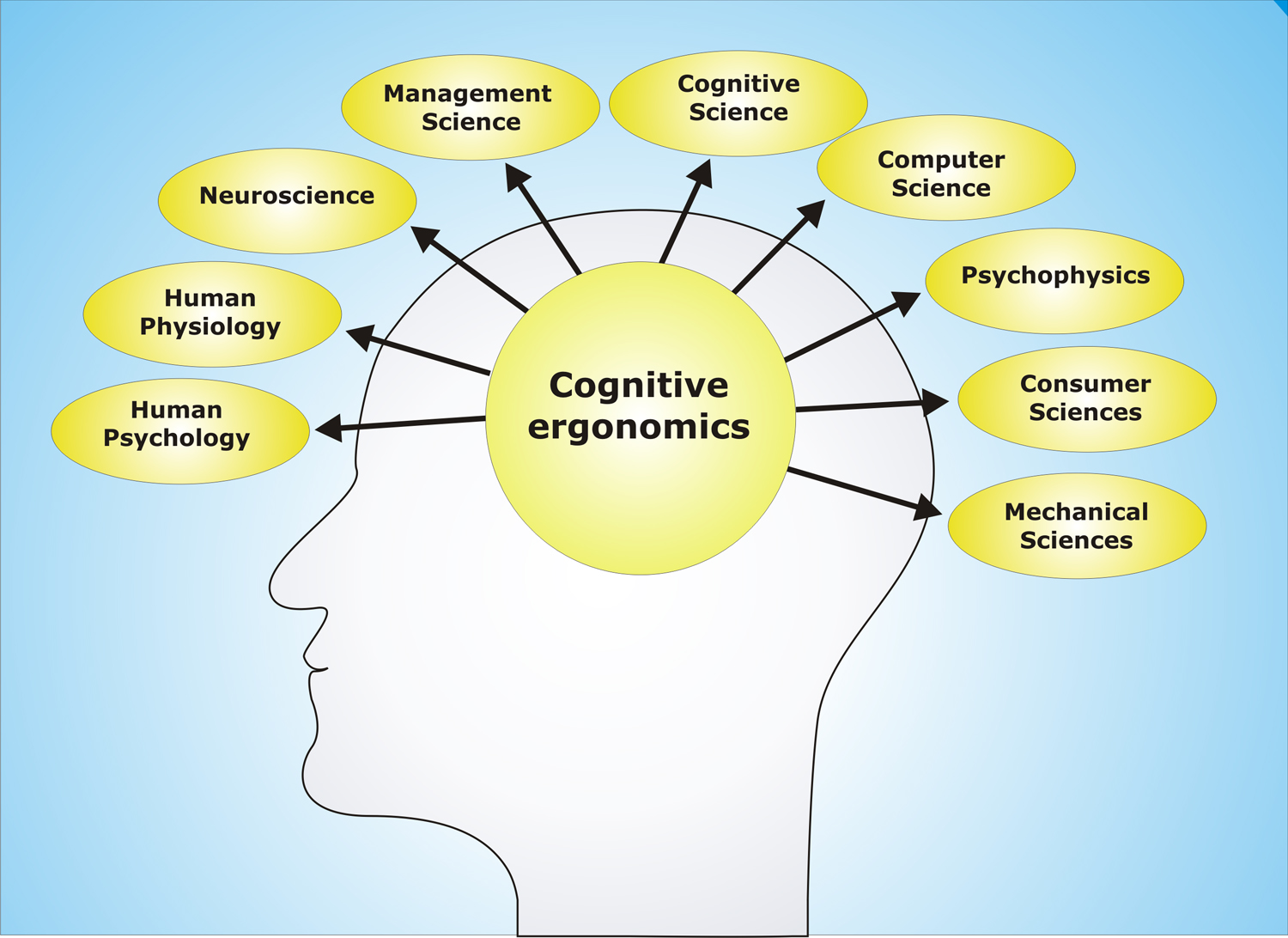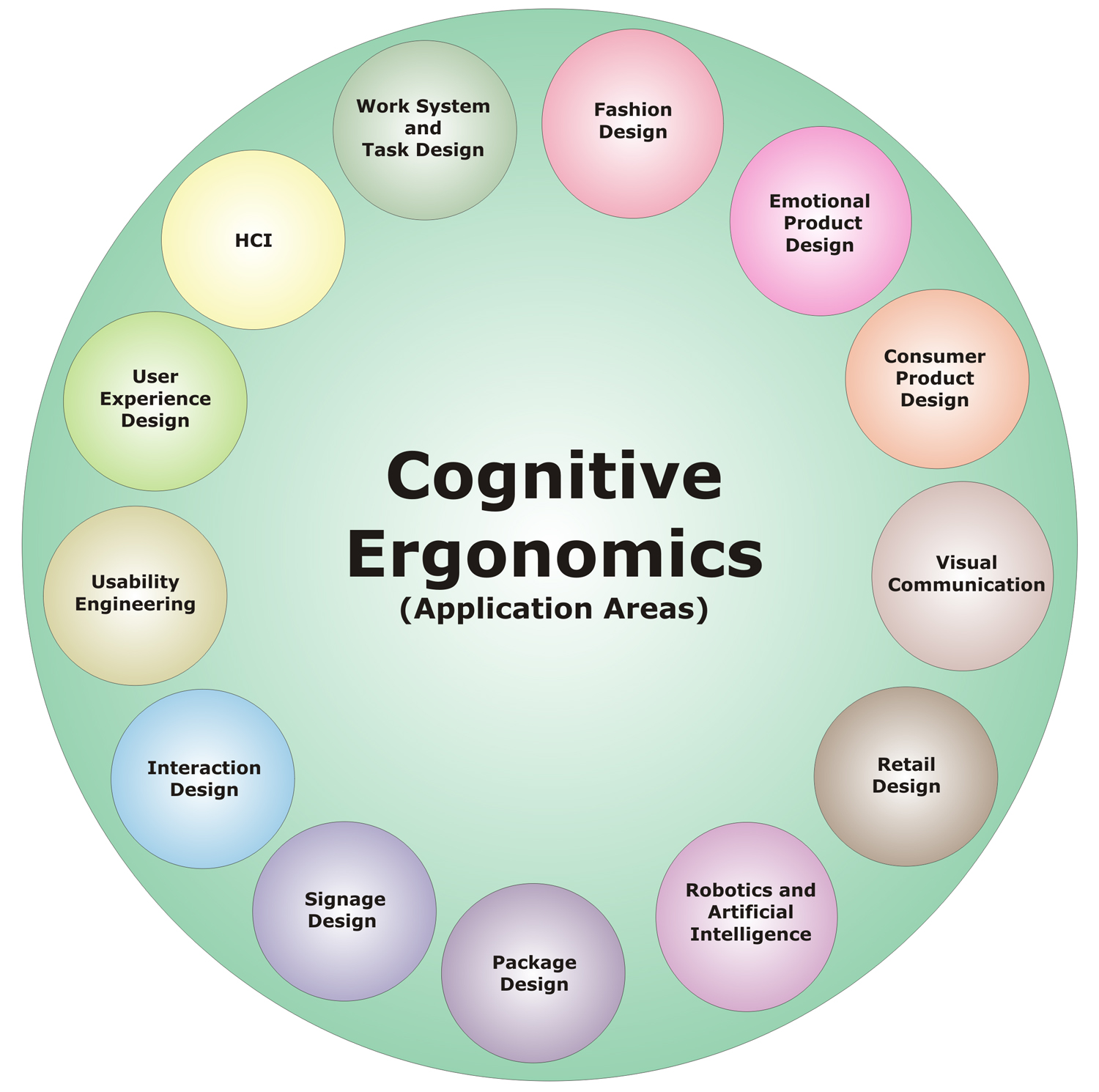This course module is an introduction to the subject of Cognitive ergonomics, which forms a sub domain of the scientific discipline ergonomics/human factors engineering. It focuses on mental processes, such as perception, memory, information processing, reasoning and motor response, as they affect interactions among humans and other elements of a system.
The course will be of interest to professionals including product designers, interaction designers and ergonomists engaged in the design of products and service systems.
Cognitive ergonomics is a sub domain of the scientific discipline ergonomics/human factors engineering. ‘Cognitive ergonomics focuses on mental processes, such as perception, memory, information processing, reasoning and motor response, as they affect interactions among humans and other elements of a system’ (Karwowski, 2005; Diaper and Stanton , 2004; Hollnagel, 2003; Vicente, 1999). Hollnagel (1997) highlights about the objectives of cognitive ergonomics are to describe (1) how task affects the mind, as well as (2) how the mind affects task. While performing a task, the quality of work depends on the persons’ understanding about the situation (goals, means, and constraints). Therefore, the design of a work system depends on mental model of the user (how the users’/ worker understand the task) to a particular task context. Cognitive ergonomics also focuses on the reliability of performance - and in particular the reliability of cognition.
There are overlaps between cognitive ergonomics and different scientific disciplines. Scientific and engineering related disciplines that are related with cognitive ergonomics are furnished in Figure 1.

Figure 1. Scientific disciplines related to cognitive ergonomics.

Figure 2. Application areas of cognitive ergonomics.
Applicability of knowledge of cognitive ergonomics in different domains of human centered design is possible. Design related fields in which applications of cognitive ergonomics are profound includes usability engineering of systems, user experience design, human computer interaction design (HCI), interaction design beyond HCI, robotics and artificial intelligence design, work system, task design, design of signage, consumer product design, emotional product design, fashion design, visual communication design, visual merchandising, package design etc.
Figure 2. indicates different application areas of cognitive ergonomics with design related fields.

